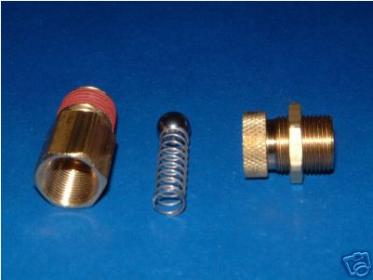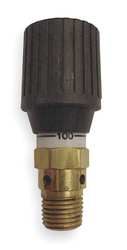Hop utilzation is lower at higher altitudes? Can you please direct me to more detailed information on this subject? Thx - someone who lives around 2372 feet.
Ray Daniels posted a conversion formula on HBD a while back:
http://hbd.org/hbd/archive/4125.html
Date: Fri, 20 Dec 2002 05:53:07 -0600
From: "Ray Daniels" <raydan at ameritech.net>
Subject: Re: hop utilization, Designing Great Beers
This is about altitude and hop utilization. My information on this
subject came from Garetz (Using Hops, 1994). On page 137, he gives a
correction factor as follows:
TF = ((Elevation in feet/550)*0.02) + 1
Multiply your wort volume by this factor in IBU or hop weight
calculations to apply the correction.
I just ran a little sample calculation to see what the effect would be
for your two locations and it showed a drop in bitterness yield of about
20 percent.
As I have brewed entirely in Chicago with a few hundred grand feet of
elevation above sea level, I have never had occasion to use or test this
equation.
Others may be able to comment on its suitability in settings such as
those Dave describes.
Ray Daniels
Editor, Zymurgy & The New Brewer
Director, Brewers Publications
Association of Brewers
ray at aob.org
773-665-1300






